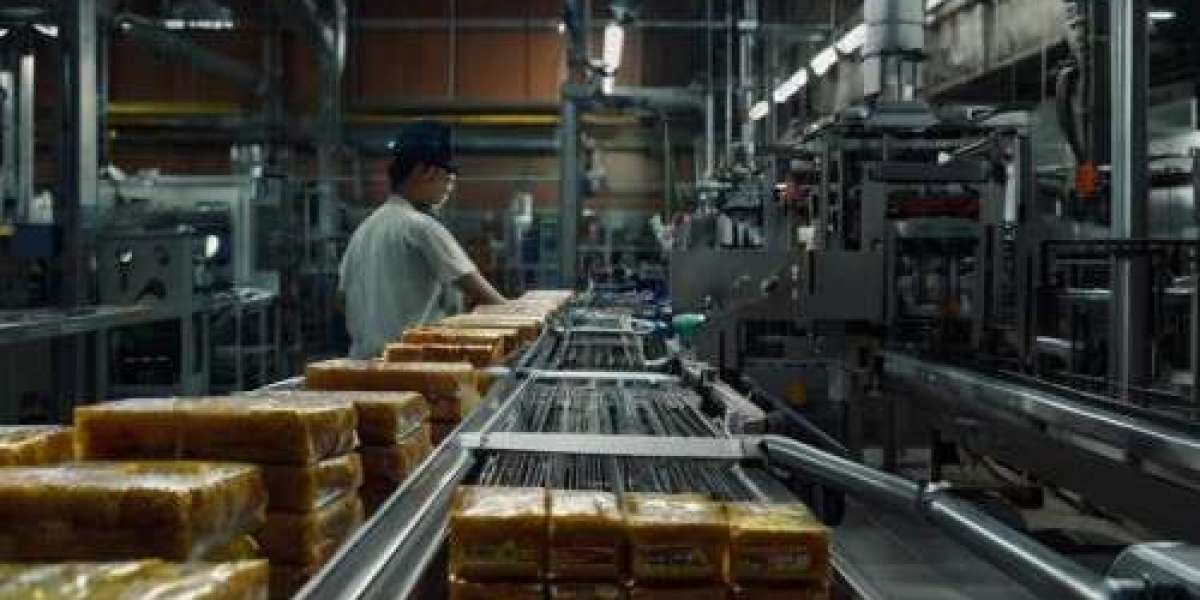The food packaging market is evolving rapidly, driven by changing consumer demands and technological advancements. As food production and distribution increase globally, innovative packaging solutions are essential to maintain product quality and safety. This article explores some of the major trends influencing the market and shaping the future of food packaging.
1. Demand for Sustainable Packaging
Sustainability has become a core focus in the food packaging industry. With consumers increasingly aware of environmental issues, there is a growing demand for packaging that reduces waste and environmental impact. Materials like biodegradable plastics, compostable wrappers, and recyclable materials are gaining popularity. Companies are also experimenting with edible packaging and reusable containers as eco-friendly alternatives to single-use plastics.
2. Rise of Smart Packaging Solutions
Smart packaging, which includes technologies like QR codes and embedded sensors, is gaining momentum. These solutions offer consumers access to product information, such as sourcing details, nutritional content, and expiration dates. Additionally, sensors within the packaging can monitor freshness and indicate whether food has been stored correctly, reducing food waste and enhancing consumer trust.
3. Increased Use of Lightweight Materials
Lightweight packaging materials are becoming more prevalent as companies aim to reduce shipping costs and carbon footprints. Materials like flexible plastic films and thin metalized films offer durable yet lightweight solutions that protect food while minimizing material usage. The shift toward lighter materials is also linked to the trend of online grocery shopping, where efficient transportation is essential.
4. Growth of Personalized Packaging
With consumers desiring unique experiences, personalized packaging is seeing significant growth. Brands are now using packaging to convey their identity and connect with customers. Packaging can include custom designs, tailored information, or even messages for individual consumers. This trend is particularly noticeable among premium and specialty food brands looking to differentiate their products.
5. Adoption of High-Barrier Packaging
As the food industry faces higher standards for freshness and shelf life, high-barrier packaging is on the rise. This type of packaging prevents oxygen, moisture, and contaminants from entering, preserving the flavor and quality of food for longer periods. High-barrier films, multilayer materials, and vacuum-sealed pouches are increasingly being adopted in both perishable and non-perishable food packaging.
6. Emphasis on Convenience
Convenience remains a driving factor in food packaging, particularly as busy lifestyles continue to increase. Packaging innovations include resealable pouches, single-serve containers, and easy-to-open designs. These options cater to consumers who prefer meals on-the-go and snacks in portable formats, supporting the growing demand for ready-to-eat and easy-to-prepare foods.
Conclusion
The food packaging market is undergoing a transformative phase, with sustainability, convenience, and technology at its core. As consumers become more discerning about their food choices and the impact of packaging, the industry will continue to innovate, adopting materials and designs that meet evolving needs. This transformation not only serves the market's growth but also encourages a more responsible and sustainable approach to packaging globally.
Search
Popular Posts








